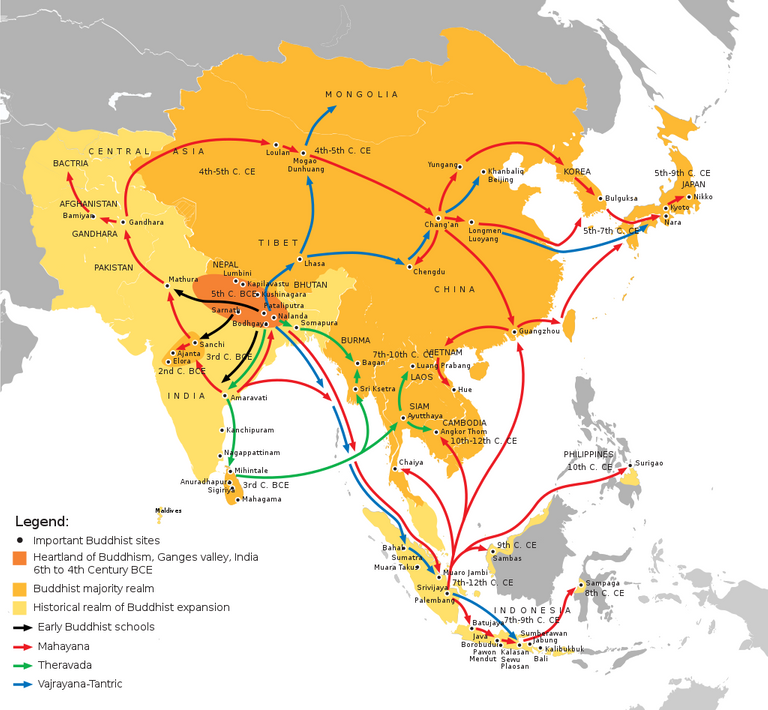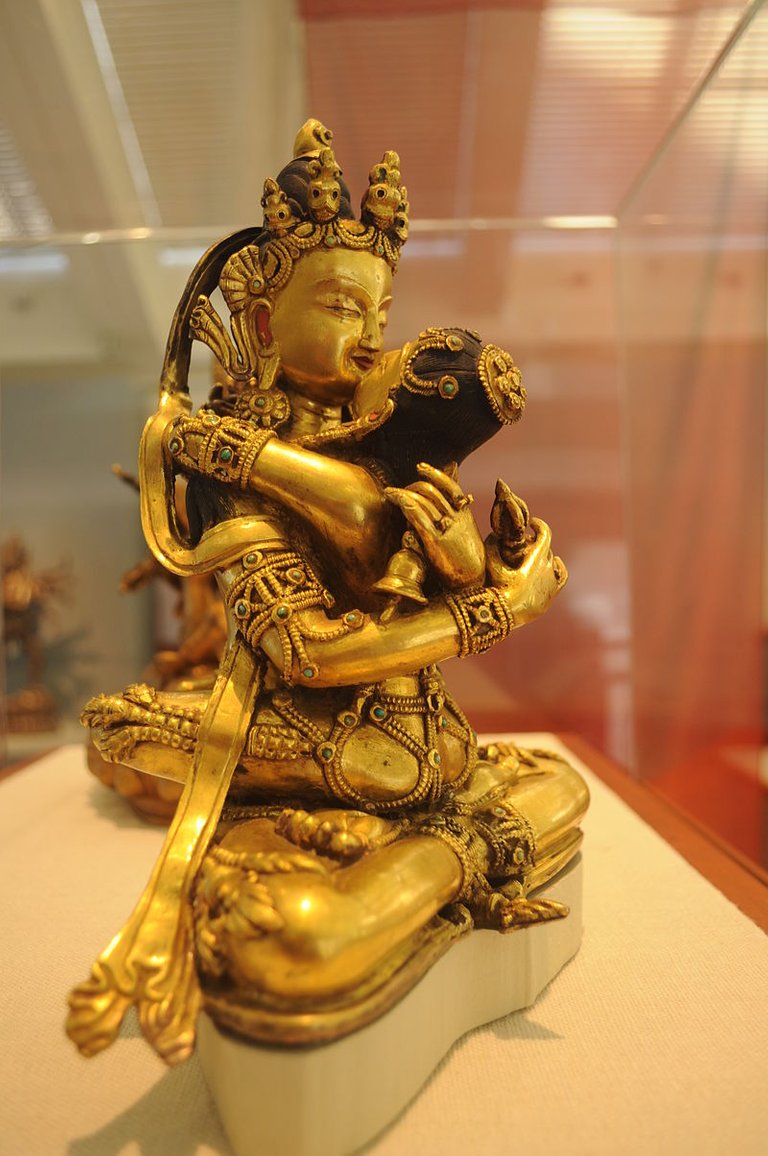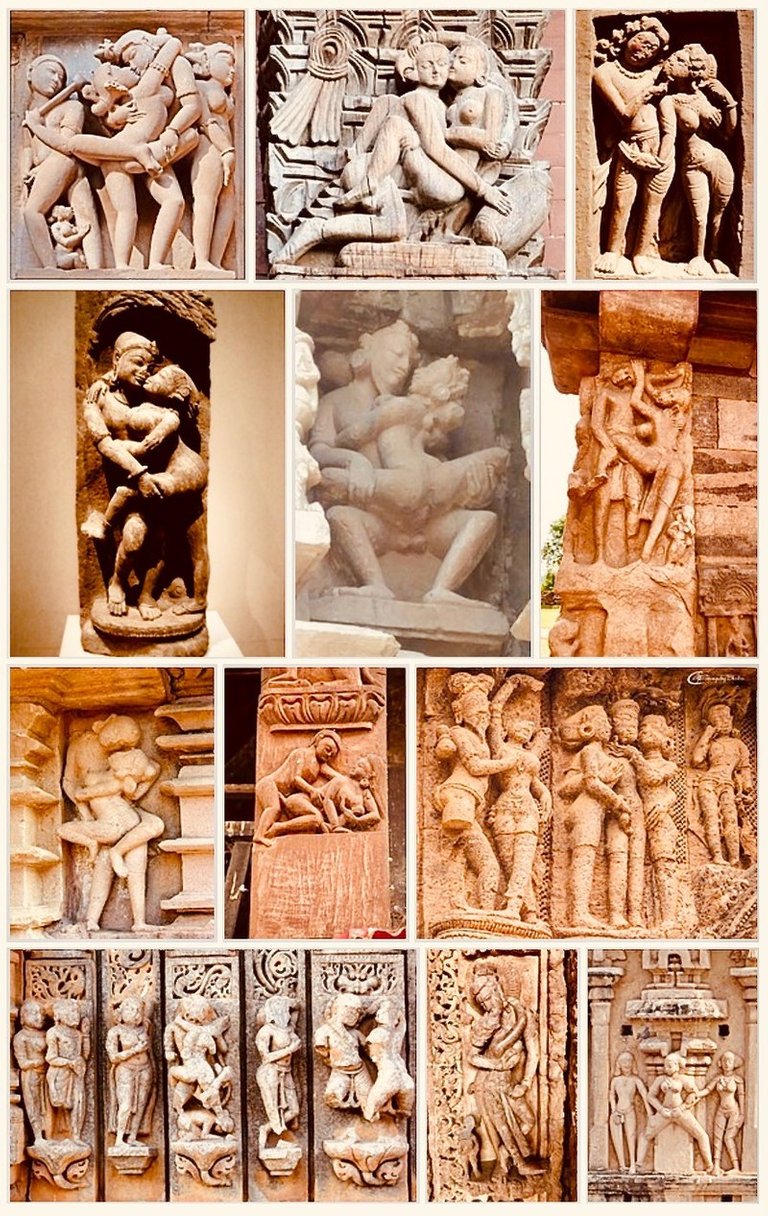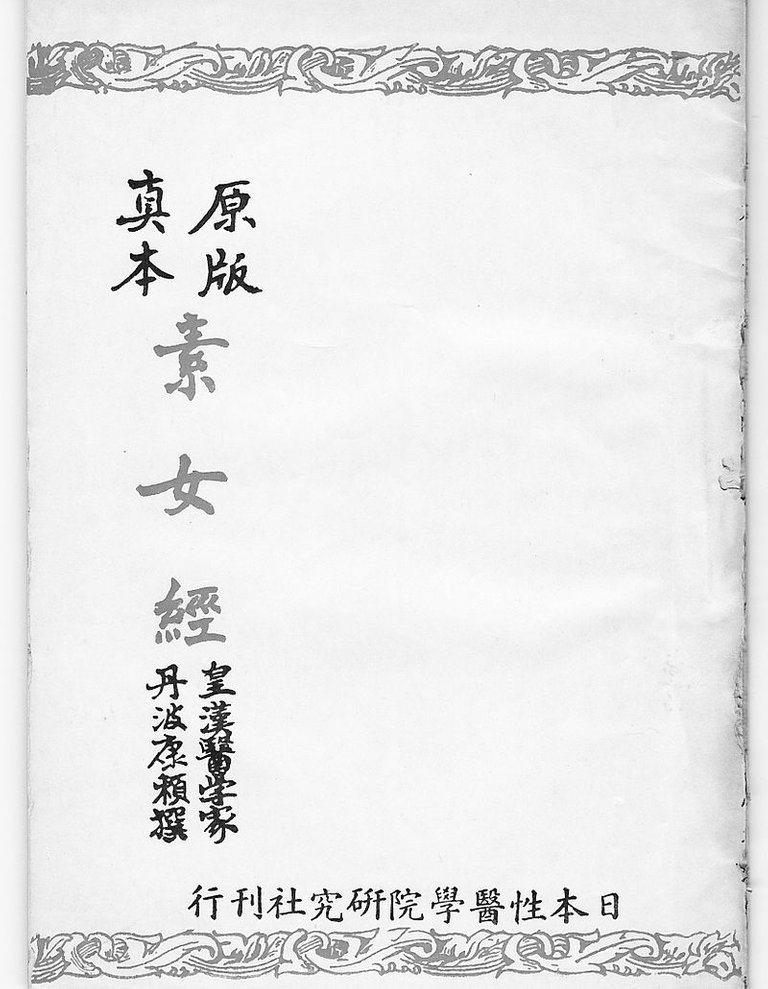 The longest SEA BEACH of the world in Bangladesh: A memorable tour with lifetime feelings of the amazing beauty!
The longest SEA BEACH of the world in Bangladesh: A memorable tour with lifetime feelings of the amazing beauty!
My friend @tanzil2024 is a scientist from Bangladesh. Currently, he is studying in China to study nanotechnology.
I was a little surprised that he went to China to study. In general, I thought that nanotechnology was developed in the United States, Western Europe, and Japan!
I felt @tanzil2024's life in China wasn't going to be easy!
 As a Bangladeshi, fish is my favorite foods!
As a Bangladeshi, fish is my favorite foods!
The people of Bangladesh love fish too much and they are never feel any tiresome of eating fishes.
Bangladesh is a riverine country and there are hundreds of rivers across the country. So, fishes can be found in abumdant everywhere.
Today, I bought fish from online shop and have cooked fish in Bangladeshi style. And it is so delicious to have the fish.
I guess Chinese food with a lot of pork doesn't suit his taste.😄
I like pork and beef, so Chinese food seems to suit my palate!
As I watched my friend Hasan, I remembered the historical event when the ancient Indians first went to China.
 Buddhist expansion in Asia: Mahayana Buddhism first entered the Chinese Empire (Han dynasty) through the Silk Road during the Kushan Era. The overland and maritime "Silk Roads" were interlinked and complementary, forming what scholars have called the "great circle of Buddhism".[2]
Buddhist expansion in Asia: Mahayana Buddhism first entered the Chinese Empire (Han dynasty) through the Silk Road during the Kushan Era. The overland and maritime "Silk Roads" were interlinked and complementary, forming what scholars have called the "great circle of Buddhism".[2]
Chinese Buddhism or Han Buddhism (simplified Chinese: 汉传佛教; traditional Chinese: 漢傳佛教; pinyin: Hànchuán Fójiào) is a Chinese form of Mahayana Buddhism which has shaped Chinese culture in a wide variety of areas including art, politics, literature, philosophy, medicine and material culture. Chinese Buddhism is the largest institutionalized religion in Mainland China.[1] Currently, there are an estimated 185 to 250 million Chinese Buddhists in the People's Republic of China[1] It is also a major religion in Taiwan and among the Chinese Diaspora.
Buddhism was first introduced to China during the Han Dynasty (202 BCE–220 CE). The translation of a large body of Indian Buddhist scriptures into Chinese and the inclusion of these translations (along with Taoist and Confucian works) into a Chinese Buddhist canon had far-reaching implications for the dissemination of Buddhism throughout the East Asian cultural sphere, including Korea, Japan and Vietnam. Chinese Buddhism also developed various unique traditions of Buddhist thought and practice, including Tiantai, Huayan, Chan Buddhism and Pure Land Buddhism.
From its inception, Chinese Buddhism has been influenced by native Chinese religions and philosophy, especially Confucianism and Taoism, but also Chinese folk religion.
The first Indians to visit China 2000 years ago were Buddhists.
Silk Road transmission of Buddhism
Buddhism entered Han China via the Silk Road, beginning in the 1st or 2nd century CE.[5][6] The first documented translation efforts by Buddhist monks in China were in the 2nd century CE via the Kushan Empire into the Chinese territory bordering the Tarim Basin under Kanishka.[7][8] These contacts transmitted strands of Sarvastivadan and Tamrashatiya Buddhism throughout the Eastern world.[9]
Theravada Buddhism developed from the Pāli Canon in Sri Lanka Tamrashatiya school and spread throughout Southeast Asia. Meanwhile, Sarvastivada Buddhism was transmitted from North India through Central Asia to China.[9]
Direct contact between Central Asian and Chinese Buddhism continued throughout the 3rd to 7th centuries, much into the Tang period. From the 4th century onward, Chinese pilgrims like Faxian (395–414) and later Xuanzang (629–644) started to travel to northern India in order to get improved access to original scriptures. Between the 3rd and 7th centuries, parts of the land route connecting northern India with China was ruled by the Xiongnu, Han dynasty, Kushan Empire, the Hephthalite Empire, the Göktürks, and the Tang dynasty. The Indian form of Buddhist tantra (Vajrayana) reached China in the 7th century. Tibetan Buddhism was likewise established as a branch of Vajrayana, in the 8th century.[10]
But from about this time, the Silk road trade of Buddhism began to decline with the Muslim conquest of Transoxiana (e.g. Battle of Talas), resulting in the Uyghur Khaganate by the 740s.[10] Indian Buddhism declined due to the resurgence of Hinduism and the Muslim conquest of India. Tang-era Chinese Buddhism was briefly repressed in the 9th century (but made a comeback in later dynasties). The Western Liao was a Buddhist Sinitic dynasty based in Central Asia, before Mongol invasion of Central Asia. The Mongol Empire resulted in the further Islamization of Central Asia. They embraced Tibetan Buddhism starting with the Yuan dynasty (Buddhism in Mongolia). The other khanates, the Ilkhanate, Chagatai Khanate, and Golden Horde eventually converted to Islam (Religion in the Mongol Empire#Islam).
Chinese, Korean, Japanese, Vietnamese, Taiwanese and Southeast Asian traditions of Buddhism continued. As of 2019, China by far had the largest population of Buddhists in the world at nearly 250 million; Thailand comes second at around 70 million (see Buddhism by country).
My friend Hasan may be disappointed with my words, but East Asians, including China, Japan, and Korea, feel more familiar with Buddhism than Islam.
Because they felt that Buddhism was more suitable for their culture than the religion of Islam.
Perhaps Hassan's Chinese friends didn't tell him, I guess!
I will tell Hassan why the Chinese prefer Buddhism, which is a Hindu religion, to Islam.
I hope Hassan is not shocked by my words.
 Tantric art. Clockwise from upper left: Vajrayogini (Buddhist), Sri Yantra (Hindu), Chakra illustration, Tibet deity Vajradhara (Holder of the Thunderbolt) in maithuna, Kalachakra Mandala, Dakini.
Tantric art. Clockwise from upper left: Vajrayogini (Buddhist), Sri Yantra (Hindu), Chakra illustration, Tibet deity Vajradhara (Holder of the Thunderbolt) in maithuna, Kalachakra Mandala, Dakini.
Tantra (/ˈtæntrə/; Sanskrit: तन्त्र, lit. 'loom, weave, warp') are the esoteric traditions of Hinduism and Buddhism that developed in India from the middle of the 1st millennium CE onwards.[1] The term tantra, in the Indian traditions, also means any systematic broadly applicable "text, theory, system, method, instrument, technique or practice".[2][3] A key feature of these traditions is the use of mantras, and thus they are commonly referred to as Mantramārga ("Path of Mantra") in Hinduism or Mantrayāna ("Mantra Vehicle") and Guhyamantra ("Secret Mantra") in Buddhism.[4][5]
Starting in the early centuries of the common era, newly revealed Tantras centering on Vishnu, Shiva or Shakti emerged.[6] There are tantric lineages in all main forms of modern Hinduism, such as the Shaiva Siddhanta tradition, the Shakta sect of Sri-Vidya, the Kaula, and Kashmir Shaivism.
In Buddhism, the Vajrayana traditions are known for tantric ideas and practices, which are based on Indian Buddhist Tantras.[7][8] They include Indo-Tibetan Buddhism, Chinese Esoteric Buddhism, Japanese Shingon Buddhism and Nepalese Newar Buddhism. Although Southern Esoteric Buddhism does not directly reference the tantras, its practices and ideas parallel them.
Tantric Hindu and Buddhist traditions have also influenced other Eastern religious traditions such as Jainism, the Tibetan Bön tradition, Daoism, and the Japanese Shintō tradition.[9]
Certain modes of non-Vedic worship such as Puja are considered tantric in their conception and rituals. Hindu temple building also generally conforms to the iconography of tantra.[10][11] Hindu texts describing these topics are called Tantras, Āgamas or Samhitās.[12][13] In Buddhism, tantra has influenced the art and iconography of Tibetan and East Asian Buddhism, as well as historic cave temples of India and the art of Southeast Asia.[14][15][16]
Perhaps my friend Hassan knows more about tantra than I do, so I don't need to say more.😆
Tantra, brought by Buddhism from India, became very popular with the Chinese.
 Kama-related arts are common in Hindu temples. These scenes include courtship, amorous couples in scenes of intimacy (mithuna), or a sexual position. Above: 6th- to 14th-century temples in Madhya Pradesh, Uttar Pradesh, Rajasthan, Gujarat, Karnataka, Chhattisgarh, Odisha, Tamil Nadu, Andhra Pradesh and Nepal.
Kama-related arts are common in Hindu temples. These scenes include courtship, amorous couples in scenes of intimacy (mithuna), or a sexual position. Above: 6th- to 14th-century temples in Madhya Pradesh, Uttar Pradesh, Rajasthan, Gujarat, Karnataka, Chhattisgarh, Odisha, Tamil Nadu, Andhra Pradesh and Nepal.
The Kama Sutra (/ˈkɑːmə ˈsuːtrə/; Sanskrit: कामसूत्र, pronunciation (help·info), Kāma-sūtra; lit. 'Principles of Love') is an ancient Indian[1][2] Sanskrit text on sexuality, eroticism and emotional fulfillment in life.[3][4][5] Attributed to Vātsyāyana,[6] the Kama Sutra is neither exclusively nor predominantly a sex manual on sex positions,[3] but rather was written as a guide to the art of living well, the nature of love, finding a life partner, maintaining one's love life, and other aspects pertaining to pleasure-oriented faculties of human life.[3][7][8] It is a sutra-genre text with terse aphoristic verses that have survived into the modern era with different bhāṣyas (exposition and commentaries). The text is a mix of prose and anustubh-meter poetry verses. The text acknowledges the Hindu concept of Purusharthas, and lists desire, sexuality, and emotional fulfillment as one of the proper goals of life. Its chapters discuss methods for courtship, training in the arts to be socially engaging, finding a partner, flirting, maintaining power in a married life, when and how to commit adultery, sexual positions, and other topics.[9] The majority of the book is about the philosophy and theory of love, what triggers desire, what sustains it, and how and when it is good or bad.[10][11]
The text is one of many Indian texts on Kama Shastra.[12] It is a much-translated work in Indian and non-Indian languages. The Kamasutra has influenced many secondary texts that followed after the 4th-century CE, as well as the Indian arts as exemplified by the pervasive presence Kama-related reliefs and sculpture in old Hindu temples. Of these, the Khajuraho in Madhya Pradesh is a UNESCO World Heritage Site.[13] Among the surviving temples in north India, one in Rajasthan sculpts all the major chapters and sexual positions to illustrate the Kamasutra.[14] According to Wendy Doniger, the Kamasutra became "one of the most pirated books in English language" soon after it was published in 1883 by Richard Burton. This first European edition by Burton does not faithfully reflect much in the Kamasutra because he revised the collaborative translation by Bhagavanlal Indrajit and Shivaram Parashuram Bhide with Forster Arbuthnot to suit 19th-century Victorian tastes.[15]
In particular, The Kama Sutra is praised by East Asian men as the greatest masterpiece of Indian civilization until now, 2000 years later.🤣
My friend may be offended, but most East Asian men associate The Kama Sutrawith Indian civilization.
 Su Nü Jing was published in 1920 in Japan
Su Nü Jing was published in 1920 in Japan
Su Nu Ching or Sunü Jing -Classic of the White Madam (素女經), is the basic book of Taoist sexology, China's Chinese classics on Taoist sexual practices.[1][2] The book was written before the Han Dynasty, and it is said that the author was the Goddess Sunü in the Huang Di era.
In China this book was lost after Tang dynasty (~907AD). However it was preserved in Japan by Tamba Yasara (丹波康赖) who included this book in his series of books "Heart of Medicine" (医心方) (published in 982 AD), and the current edition of "Su Nu Ching" is the taken from the collection of Yasara.[3]
Supposedly there were three goddesses in the era of Huangdi, namely Sunü, Xuannü and Cainü; the three sisters taught the Huangdi Taoist sexual practices the theory of sex and practiced physically with him, among them, Sunü was good at music and is the author of "Su Nu Jing".
The whole book can be divided into two parts. One part talks about the methods of sexual intercourse. There are 24 tricks in "Seven Losses", "Eight Benefits" and "Nine Methods"; the other parts are about flirting skills, Five Signs, Five Desires, and Ten Movements. The explanations for both men and women are very straightforward.
This book mainly is about Taoist sexual practices and health precautions. It teaches sex position, skills, seasons and sex, psychology, pregnancy method, sexology theory and many other connotations.[3] Among them, "philharmonic" is mentioned, and it is advocated that both men and women shall agree to make love, otherwise it is harmful to the body.[4]
Chinese men raved about The Kama Sutra and became superstitious that sex could lead to eternal youth and eternal life.
So, Chinese men imitated The Kama Sutra and created Su Nu Ching or Sunü Jing -Classic of the White Madam (素女经).😆
Then, Korean and Japanese men also copied The Kama and created new religions and books.
Even today, men in East Asia, including China,
They admire the mystery and greatness of the Indian civilization that created Kama Sutra.😁
Sex and Zen (Chinese: 玉蒲團之偷情寶鑑, The Carnal Prayer Mat's Stash of Illicit Love) is a 1991 Hong Kong erotic sex comedy film directed by Michael Mak, and starring Lawrence Ng and Amy Yip. The film is loosely based on The Carnal Prayer Mat, a Chinese erotic novel by seventeenth century author and playwright Li Yu.
I would like to introduce to my dear friend Hasan, a masterpiece of Chinese male sexual fantasy Sex and Zen (Chinese: 玉蒲團之偷情寶鑑, The Carnal Prayer Mat's Stash of Illicit Love) .
I wonder what kind of inspiration my friend Hassan will feel when he compares that work with Kamasutra.🤣
I wanted to tell Hasan a secret that the Chinese don't tell him.😉
Yes, you are right, the Chinese people always hide something from foreigners. But I like you as you always tell me everything frankly and you have deep knowledge about the east Asian culture and thoughts.
I will explore it to learn about their thoughts and compare with the KAMASUTAR!
Thank you for your informative post.
!PIZZA
Dear Hassan!
Perhaps you are wise enough not to tell your Chinese friends what I said, I believe.😄
I am very interested in Indian civilization including Bangladesh.
I will try to discuss with them about it
Perhaps it will hurt the pride of the Chinese.😅
PIZZA Holders sent $PIZZA tips in this post's comments:
@tanzil2024(2/5) tipped @goldgrifin007 (x1)
You can now send $PIZZA tips in Discord via tip.cc!